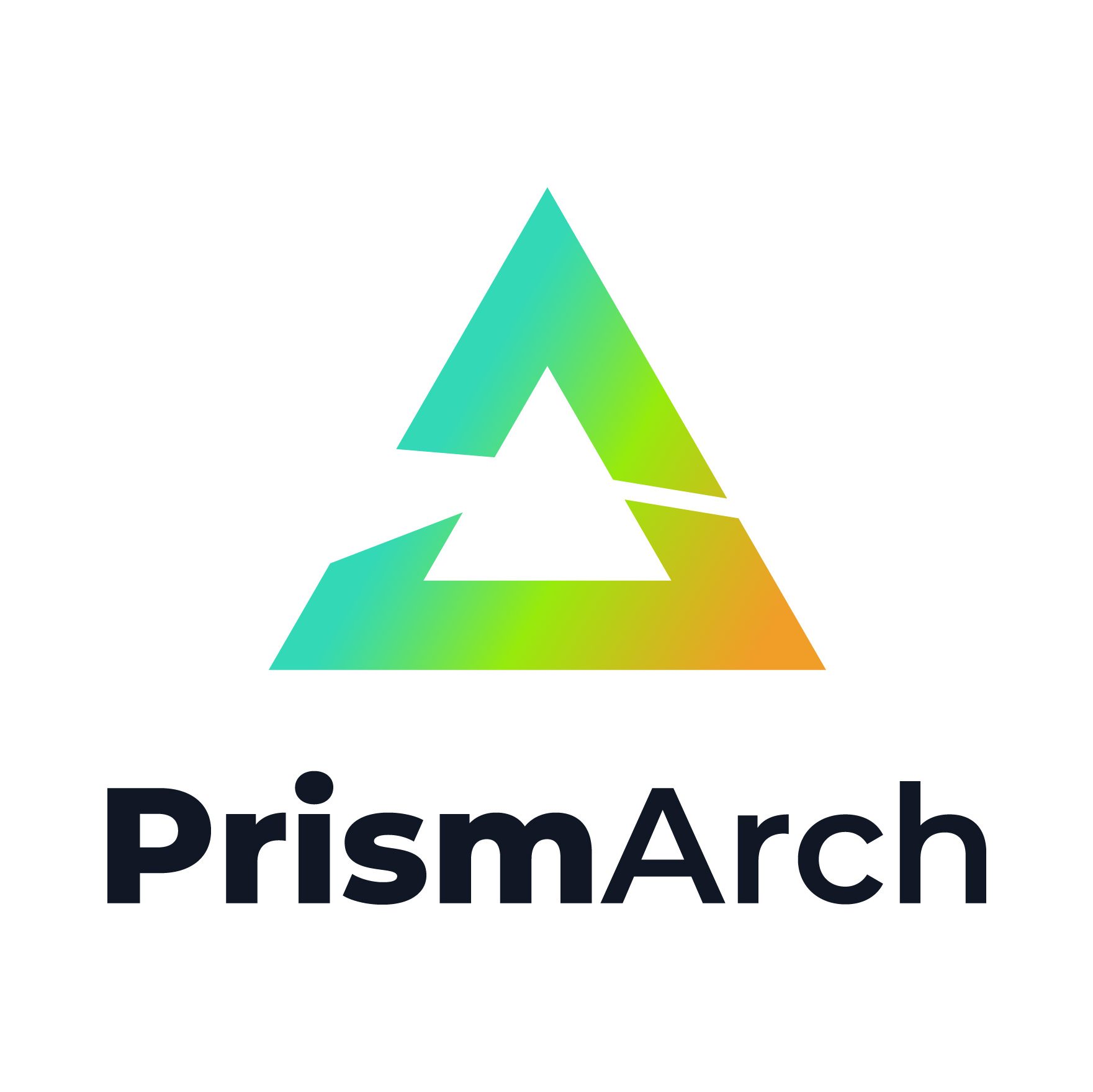WP1. Requirements of a cross-disciplinary, collaborative environment for VR-aided design in architecture
WP1 aims at eliciting the user and functional requirements of PrismArch by relying on experts’ knowledge to, initially, identify the limitations of existing solutions and workflows in architecture; then move on with the main principles that govern the disciplines of architectural, structural and MEP design as well as their interconnections; and conclude with the conceptualization of a VR-aided design environment blending cross-disciplinary aspects of architecture and allowing to simultaneously embed multiple simulations. The derived requirements will be used to guide the developments in all technical WPs by addressing Research Obj. 1.
WP2. Computational architecture design for automated content creation and design suggestions
This work package is focusing on AI assistance and content generation in VR-aided authoring tasks. In particular, AI will search across the parameters of the design space in real-time, presenting suggestions that satisfy functional constraints, and both improve efficiency, aesthetic diversity, without causing item collisions and erroneous designs. Moreover, the authoring procedure will be enhanced by user models based on the needs of different disciplines and/or individual preferences. WP2 addresses Research Obj. 2.
WP3. Cognition aspects of collaborative VR-aided design environments
The objective of this WP is to conduct behavioral experiments in VR on designers and engineers in order to measure the cognitive, spatial, and navigational stress induced, as well as the ability to author, take decisions, and being productive in the VR environment. Addressing Research Obj. 3, our goal is to derive a set of rules that will guide developments within PrismArch, but also contribute in the general field of VR-aided authoring.
WP4. Blending multi-simulations and BIM notations within a VR-aided design environment
The objectives of this WP are to establish the seamless integration of BIM notations and CAE-Simulations within the VR-aided design environment. More specifically, WP4 will work out the details of establishing a high-speed two-way communication between the high-quality graphic engines (i.e. Unreal or Unity) adopted in PrismArch and existing software packages handling BIM information and CAE-generated simulations. Natural and intuitive interfaces relying on hand gesture recognition for interacting with advanced visualization schemes within PrismArch are also part of this WP. WP4 addresses Research Obj. 4.
WP5. System integration and development of the collaborative VR-aided design environment
The aim of WP5 is to integrate the PrismArch components into an overall platform, validate its proper functioning and fine-tune it for running the demonstrators. The platform architecture and the integration protocol will be defined early in the project lifetime to facilitate the smooth integration of components coming from WP2-4. WP6 addresses the Technical Obj.
WP6. Demonstrate and evaluate PrismArch in different architectural projects
WP6 aims to design and implement the demonstrations of the PrismArch platform in specified architectural projects. A methodology will be developed to design and execute two demonstrators concerning the design of company and residential buildings. Moreover, WP6 concerns the recruitment of architects and engineers from ZHVR, SWECO and AKT that will evaluate the developed technologies to validate its usability and usefulness, through a carefully conceived evaluation plan.
WP7. Dissemination, exploitation and innovation management
The objective of WP7 is to ensure that the technologies developed in the context of PrismArch enjoy the necessary level of dissemination, are exploited by the consortium partners and are sustainable beyond the end of the project. It should also ensure the project’s networking and engagement with relevant initiatives so as for its results to be adopted by stakeholders in Europe and beyond.
WP8. Project Management and Coordination
The goal of WP8 is to plan and undertake all necessary activities for the project’s effective coordination, including: a) administrative and financial management, b) technical management and quality assurance, and c) management of knowledge and intellectual property rights. The objective of WP8 is to ensure the achievement of the project objectives on time, within budget and with a high degree of success. Project management will monitor tasks and WPs progress and revise reports and deliverables. Periodic management and financial reporting will demonstrate that the project is proceeding as planned, and that contingencies are mitigated. A quality assurance plan will be set in place to specify and guarantee correct completion of project objectives.
